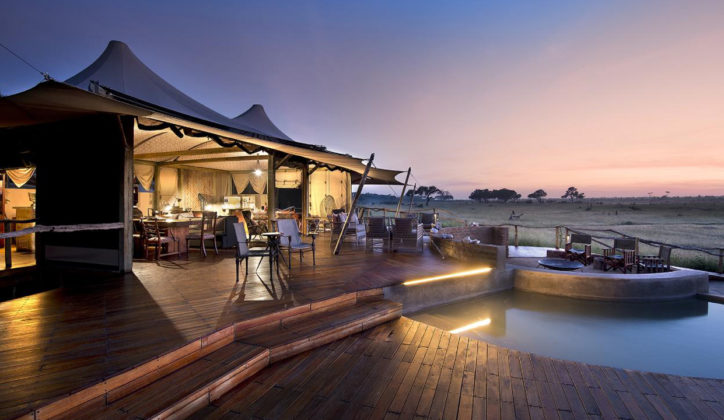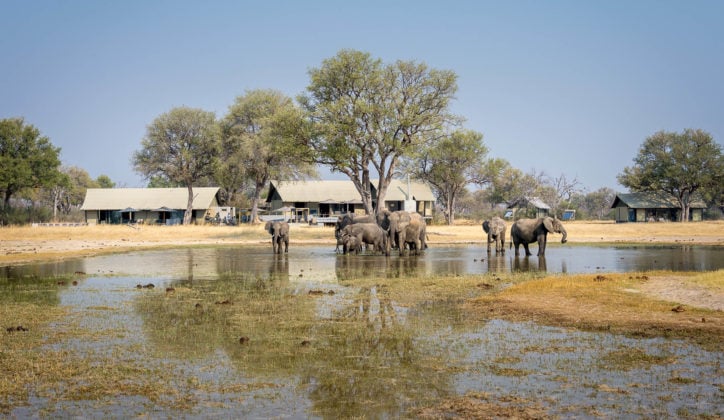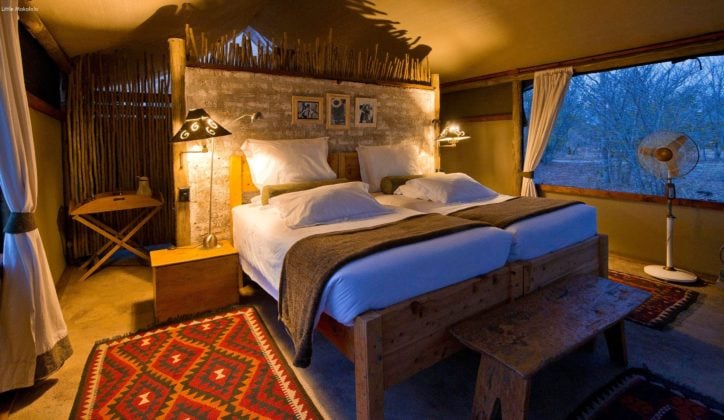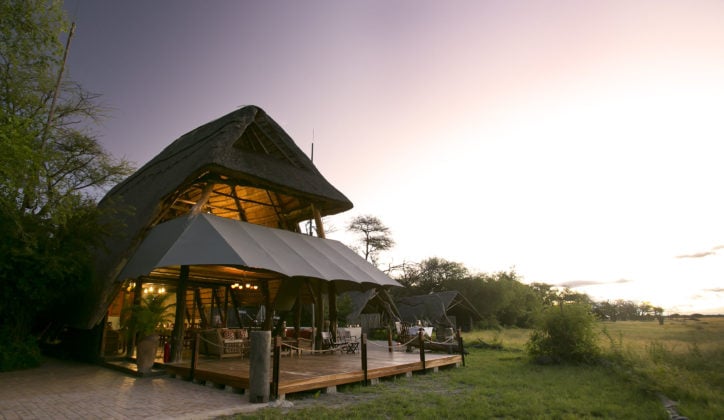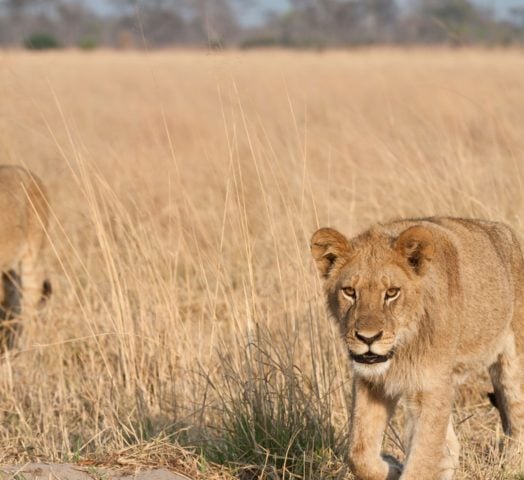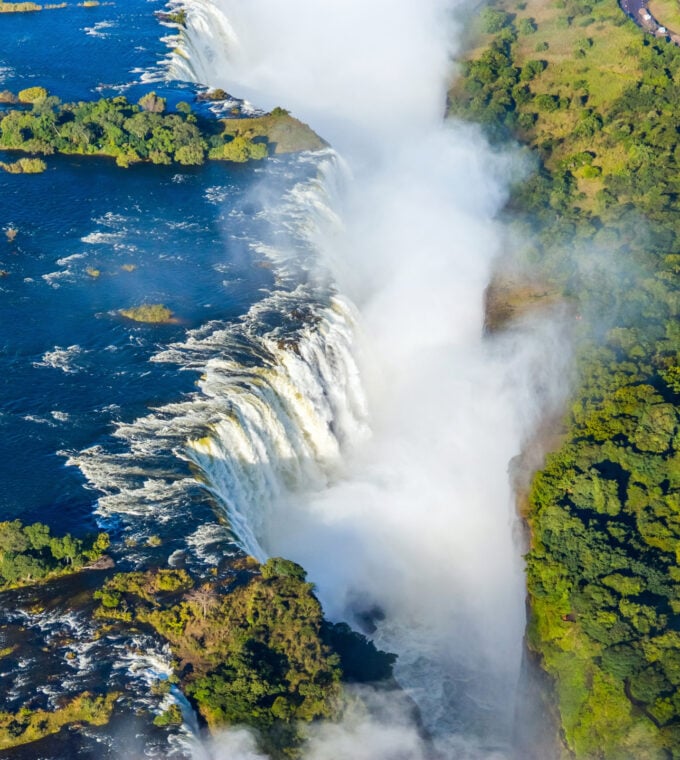Zimbabwe's largest national park and wildlife haven
Hwange is Zimbabwe’s largest national park, accounting for an area of 14,651km sq, it was formerly occupied by the San bushmen, the Nhanzwa, and latterly the royal hunting ground for Mzilikazi, the Matabele king. It wasn’t until 1928 that the park became recognized as a wildlife conservation area and a popular destination for those seeking out incredible safari and wildlife experiences.
Home to over 100 mammals and 400 different bird species, the park protects a wide range of different endangered species, elephants in excess of 20,000, and what is thought to be one of the largest populations of African wild dog left in the world. It is also common to see large prides of lion and buffalo and you have a good chance of seeing leopard, rhino, cheetah and mischievous spotted hyena.
There is a lack of permanent surface water in the park, therefore animals heavily rely on a number of waterholes, some of which have been known to dry up in drought years. The landscape is characterized by dense forest teak in the north and the Kalahari sandveld in the south. Wildlife roams the open grassy plains lined with acacia trees alongside mopane woodland and islands of ilala palms.
Highlights
Head out on game drives to observe wildlife as they roam through the grassy plains
Seek out big cats, rhino, and mischievous spotted hyena
Marvel at the contrasting dense forest teak in the north and the Kalahari sandveld in the south

Jody van Merode
Senior Travel Designer
Luxury accommodation in Hwange National Park
Why book with Jacada?
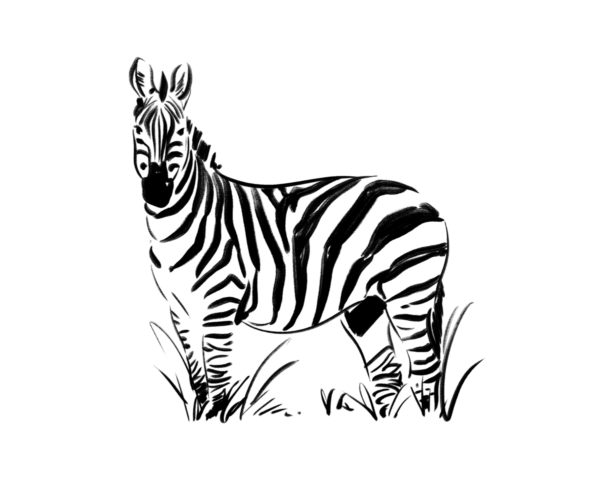
Safari expertise
Our experts bring decades of first-hand expertise. They’ve lived and travelled across Africa and are regularly on the ground reviewing the most exclusive camps and experiences. You’ll also have the support of a personal concierge, based in region.
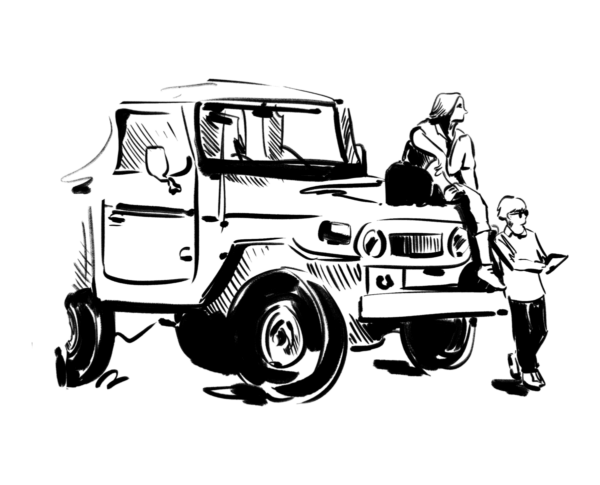
Unforgettable guides
We handpick the most knowledgeable guides, who bring each destination to life with care and passion. They’re chosen for their ability to provide unrivalled insight into the region’s wildlife and landscapes as well as a genuine, memorable experience.
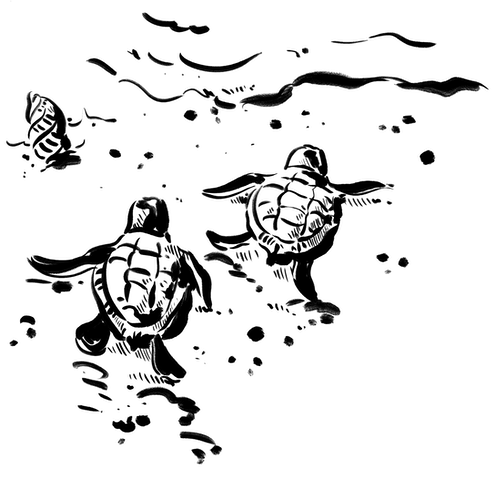
Positive impact
By travelling with us, you directly support a range of initiatives spanning wildlife conservation to community engagement. Our luxury trips are designed to prioritise experiences that are positive for you and the places you visit.
Trip inspiration
Where to go
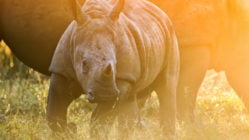
Malilangwe Wildlife Reserve
Wild, remote and beautiful with rolling hills of Mopane forest, sandstone hills, winding creeks and Baobab trees. Search for the big five and also uncover the fascinating human history of the San people
Discover more
Mana Pools National Game Park
The ‘pools’ in Mana Pools refer to four lakes that lie in-land from the Zambezi, attracting massive amounts of wildlife, including large elephant herds. You can safari here on foot, in jeeps and even by boat
Discover more
Matobo Hills National Park
With no lions or elephants, Matobo is a great place to hike or horse ride. Breathtaking, unusual landscapes peppered with granite boulders and a fascinating human history
Discover more
Victoria Falls
Zimbabwe's southern bank of the Zambezi is renowned for its high water volume, the most intense and dramatic waterfall views can be found here. There’s many activities to enjoy from exhilarating micro-light flights to peaceful sunset cruises
Discover moreMeet your Africa team
When to visit Hwange
In the hot summer rains from December to March the bush lands become lush and the wildlife disperses. Between June and October, the winter months see the bush rapidly dry and thinner on the ground, all but a few waterholes remain, and the wildlife is concentrated and far easier to spot.

Dry Season
June - October

Wet Season
December - March
Zimbabwe Travel Guides
Plan your trip to Hwange National Park
Whatever you want from your adventure in Hwange National Park, our team of expert travel designers are ready to help.
We recently returned from a trip to South Africa, Zimbabwe, and Zambia booked through Jacada Travel. From the initial stages of planning through to following up with us at the end of our vacation, Jacada went above and beyond our expectations with personalized service. Jamie and Eugenia, our travel designer and concierge respectively, took our ideas and preferences and ran…
The trip was perfect from start to finish which I completely attribute to the communication with James and Eugenia. I really felt as if our needs were anticipated and our style of travel understood. They truly picked the best accommodations and made transfers between easy. I've never had such a seamless and well-organized travel experience. It is so worth it…
Jacada planned us an incredible bucket list trip to Africa. Our travel designers really took time to get to know us, our travel preferences, and what we were looking for, which was so important since it was our first time to Africa and first time booking a trip through a travel company. We didn't know where to start between Southern…
We have just returned from a wonderful holiday...the absolute best! Starting at the Victoria Falls, viewing from both the Zambian and Zimbabwean sides and topped it off with a view from above (helicopter).....was stunning! We then went onto Botswana staying at both Selinda and Mombo Camps....both camps were outstanding! Accomodation, food, game drives, guides and the 'team' on the ground…
Jacada is beyond incredible and we look forward to planning future adventures with them. Our experience was flawless from beginning to end. Iain listened to our dream trip ideas and came up with a bucket list itinerary to Namibia, Zambia, Zimbabwe, and Botswana. James took over and guided us with his amazing care til departure. Such peace during our travels…
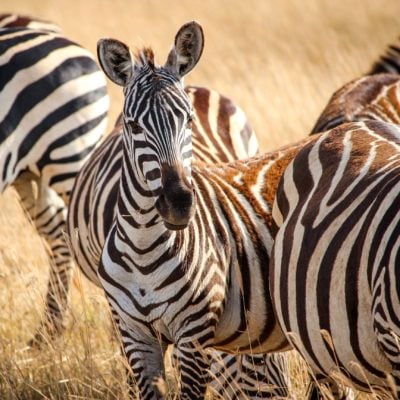
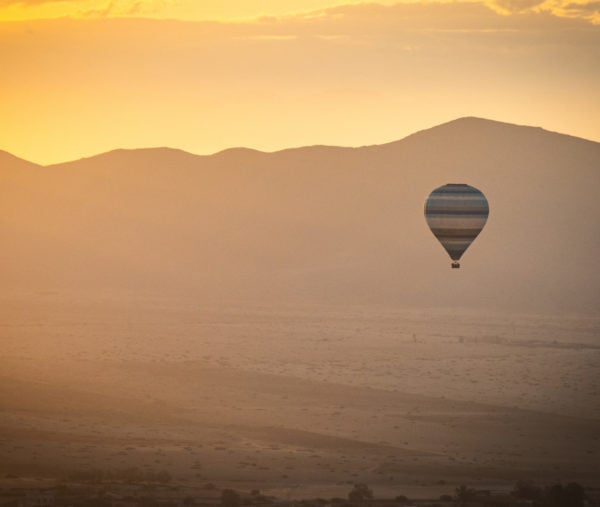
Plan with peace of mind
When you book a trip in today’s world there’s a lot to think about. But with the right advice and expert planning, you can do it with confidence.
If you book to travel with us but your plans are impacted by circumstances you can’t control, we’ll change your reservation or cancel your booking for a full credit towards future travel.




